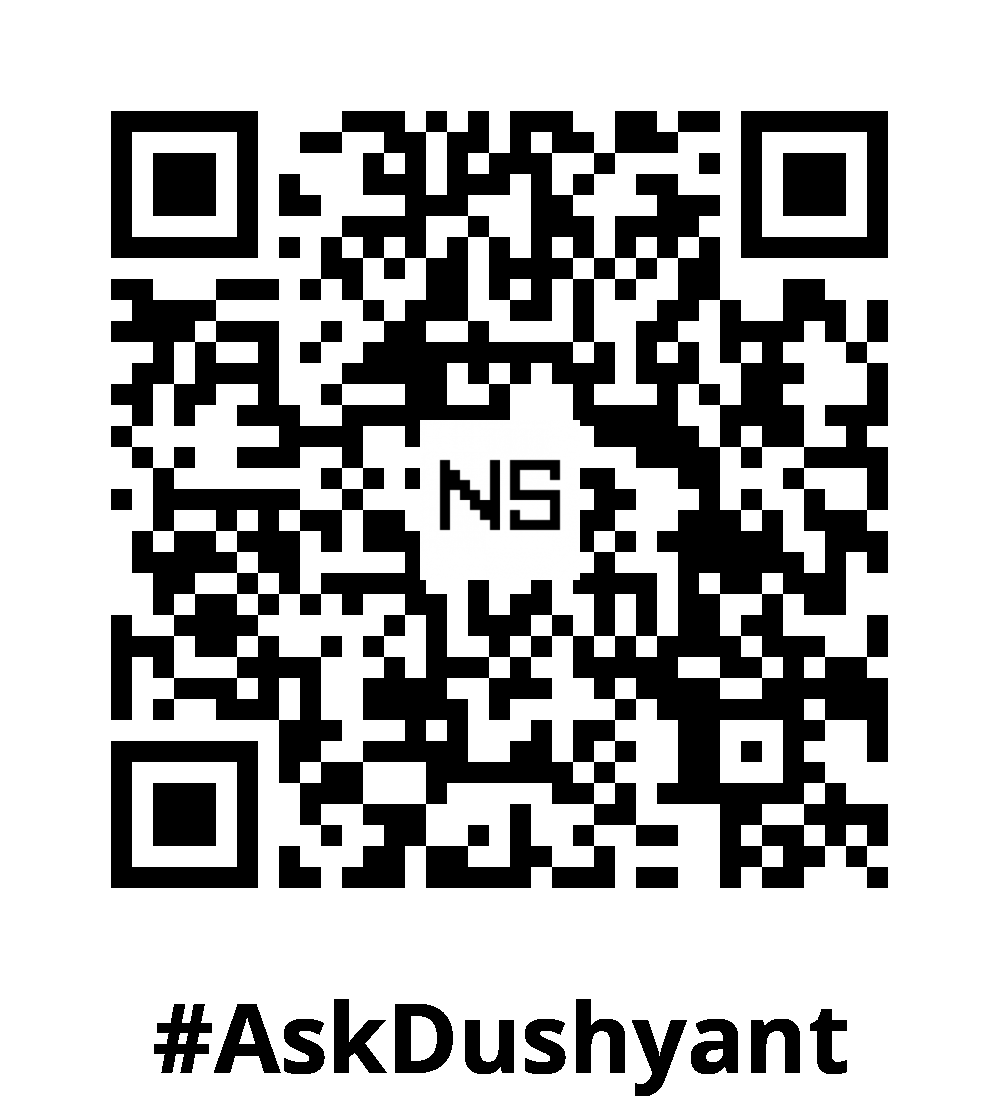Machine Learning (ML) is a transformative field that empowers computers to learn patterns and make predictions without explicit programming. In this tech concept, we’ll explore key ML techniques, delving into their principles and providing practical examples using Python and scikit-learn.
Linear Regression:
Linear regression establishes a linear relationship between input variables and a continuous outcome, making it suitable for predicting numerical values. For example, in real estate, it can be used to predict house prices based on features like square footage, number of bedrooms, and location. Linear regression is also prevalent in sales forecasting, where it can estimate future sales based on factors like advertising expenditure and historical sales data. Additionally, educational institutions can utilize linear regression to predict students’ exam scores, considering study hours, past performance, and attendance.
Decision Trees
Decision trees create a tree-like structure based on features, making them versatile for classification and regression tasks. In credit scoring, banks can assess creditworthiness by considering factors like income, credit history, and debt-to-income ratio using decision trees. Healthcare providers can employ decision trees for disease diagnosis, incorporating patient symptoms, medical history, and test results. Moreover, decision trees are valuable for predicting customer churn in subscription-based services, analyzing factors like usage patterns, customer support interactions, and subscription tenure.
k-Nearest Neighbors (k-NN)
k-Nearest Neighbors (k-NN) relies on the proximity of data points in feature space, making it suitable for classification tasks. In handwritten digit recognition, k-NN can recognize digits based on the proximity of pixels in images. Recommender systems utilize k-NN for movie recommendations, suggesting films based on the preferences and watching history of users with similar tastes. Additionally, k-NN plays a crucial role in anomaly detection in network security, identifying unusual behavior in network traffic patterns.
Support Vector Machines (SVM)
Support Vector Machines (SVM) find the hyperplane that maximizes the margin between different classes in a dataset. SVM is effective in image classification, distinguishing between objects or scenes based on features extracted from images. In text classification, such as spam detection or sentiment analysis, SVM is widely used in natural language processing. Furthermore, SVM can be employed for predicting stock prices by analyzing historical stock data, market indicators, and economic factors.
Random Forest
Random Forest combines multiple decision trees to improve accuracy and reduce overfitting. In predicting disease outcomes, healthcare professionals can use a Random Forest model based on patient characteristics, genetic factors, and treatment history. E-commerce platforms leverage Random Forest for personalized product recommendations, considering user preferences, purchase history, and browsing behavior. Quality control in manufacturing benefits from Random Forest by assessing product quality and identifying defects or deviations from standards.
Principal Component Analysis (PCA)
Principal Component Analysis (PCA) reduces the dimensionality of a dataset while preserving its variance, aiding in visualization and efficiency. In facial recognition, PCA simplifies the analysis of facial features for identification. Spectral analysis in remote sensing applications, such as satellite imagery, benefits from PCA by extracting relevant features from complex spectral data. Financial portfolio optimization utilizes PCA to identify principal components contributing most to portfolio variance, aiding in informed investment decisions.
Neural Networks
Neural networks, inspired by the brain’s architecture, are powerful for various tasks. Convolutional Neural Networks (CNNs) excel in image classification, enabling the identification of objects in photographs or medical imaging. Natural Language Processing (NLP) tasks, including language translation and sentiment analysis, leverage Recurrent Neural Networks (RNNs) or Transformer models. Autonomous vehicles rely on deep learning models, including neural networks, for tasks like object detection and decision-making, contributing to the advancement of self-driving technology.
My Tech Advice: Machine learning is a dynamic field with a plethora of techniques, each offering unique strengths. As you embark on your ML journey, experiment with these techniques, tweak parameters, and explore diverse datasets. The examples provided serve as starting points, allowing you to unravel the power of machine learning and witness its transformative impact on diverse applications. Whether predicting stock prices or recognizing handwritten digits, the possibilities are vast, and the journey is boundless. Happy coding!
#AskDushyant


Leave a Reply